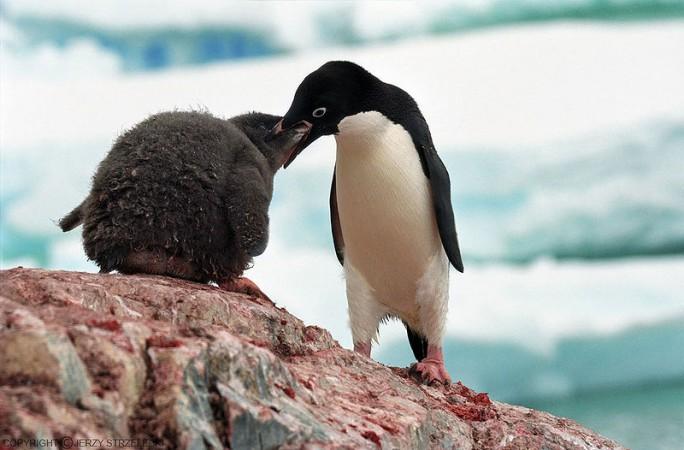Scientists are thrilled to discover a supermassive colony of Adélie penguins consisting of at least 1.5 million birds in the Danger Islands — a group of islands located in a secluded part of Antarctica.
What is more exciting is that scientists can now debunk the notion that penguin population was declining.
Scientists used drones to record videos of the penguins and then hand-counted the birds.
"The drone lets you fly in a grid over the island, taking pictures once per second. You can then stitch them together into a huge collage that shows the entire landmass in 2D and 3D," said Hanumant Singh from Northeastern University, according to newatlas.com
Hanumant Singh developed the custom imaging and navigation technology of the quadcopter drone used for this mission.
Researchers concluded that the colony seems to be unaffected by climate change and human disturbances, which are held responsible for the reduction in the size of other penguin colonies in different parts of the Antarctic Peninsula.

"Not only do the Danger Islands hold the largest population of Adélie penguins on the Antarctic Peninsula, they also appear to have not suffered the population declines found along the western side of the Antarctic Peninsula that are associated with recent climate change," said Michael Polito, an assistant professor at Louisiana State University, who is also the co-author of the study, according to a Live Science report that cited EurekAlert.
Study co-author Stephanie Jenouvrier, a seabird ecologist at Woods Hole Oceanographic Institution (WHOI), was quoted by the website as saying: "The population of Adélies on the east side of the Antarctic Peninsula is different from what we see on the west side, for example. We want to understand why. Is it linked to the extended sea ice condition over there? Food availability? That's something we don't know."
The study has been published on March 2 in the journal Scientific Reports.
Scientists got the tip-off on the penguin colony in 2014 from NASA satellite images of the Danger Islands, which showed massive guano stains — in other words, poop stains — on some rocks. During an expedition in 2015, they encountered thousands and thousands of Adélie penguins who have made the rocky islands their home.
"I was amazed by the sheer number...The water around the island boiled with penguins," Politowas quoted by fox2now.com as saying.
This discovery not only sets a valuable benchmark for future change but also provides important information for supporting proposed Marine Protected Areas (MPAs) near the Antarctic Peninsula.
MPAs are marine reserves, fully-protected marine areas, no-take zones, marine sanctuaries, ocean sanctuaries, marine parks and locally managed marine areas, as defined by the World Wide Fund for Nature (WWF).
Adélie penguins, which are native to Antarctica, are named after Adèle Dumont D'Urville — the wife of French explorer Jules Dumont d'Urville, who discovered the mid-sized birds in 1840.
Adélies are known to build rough nests of stones to lay eggs, which are then incubated for 32-34 days by the parents. These birds generally breed from October to February on seashores around the continent.










